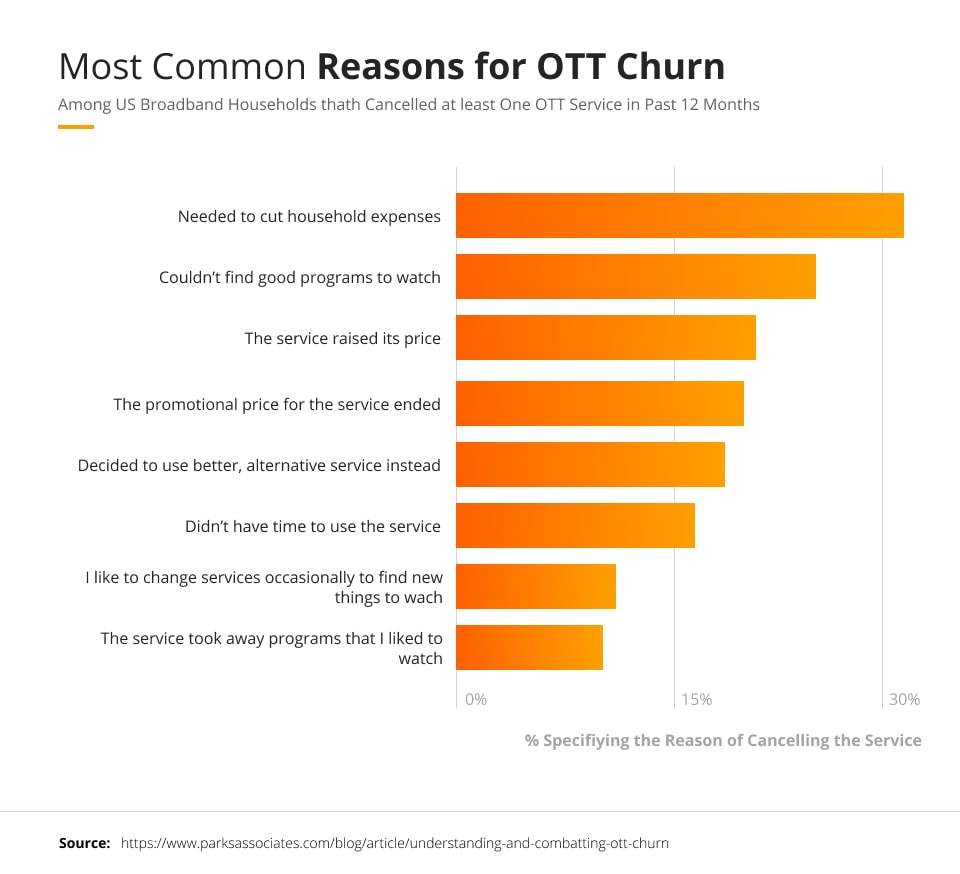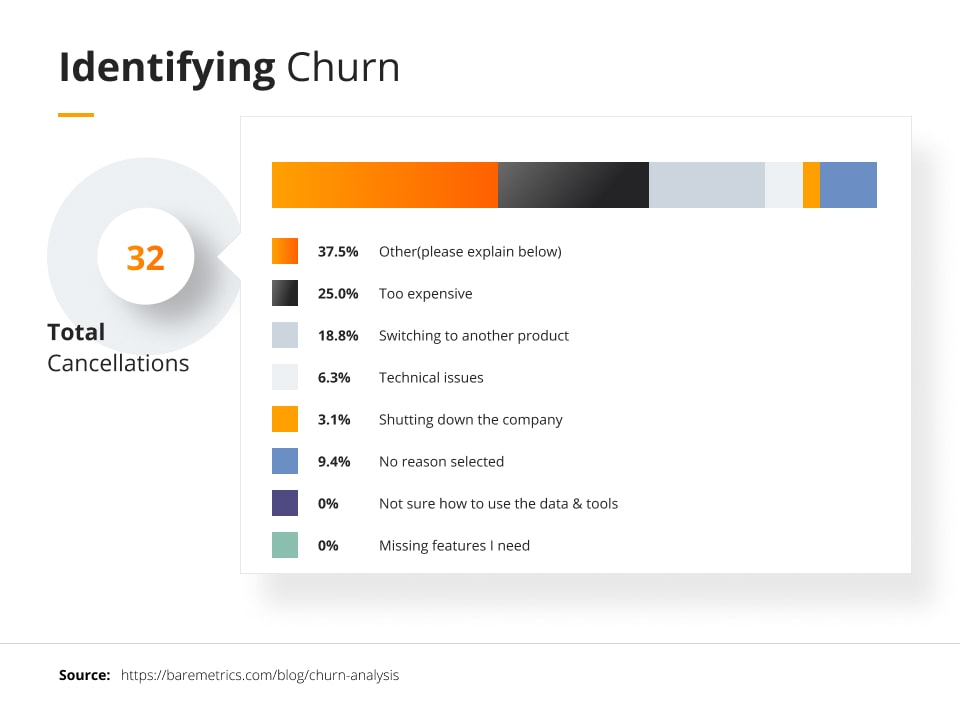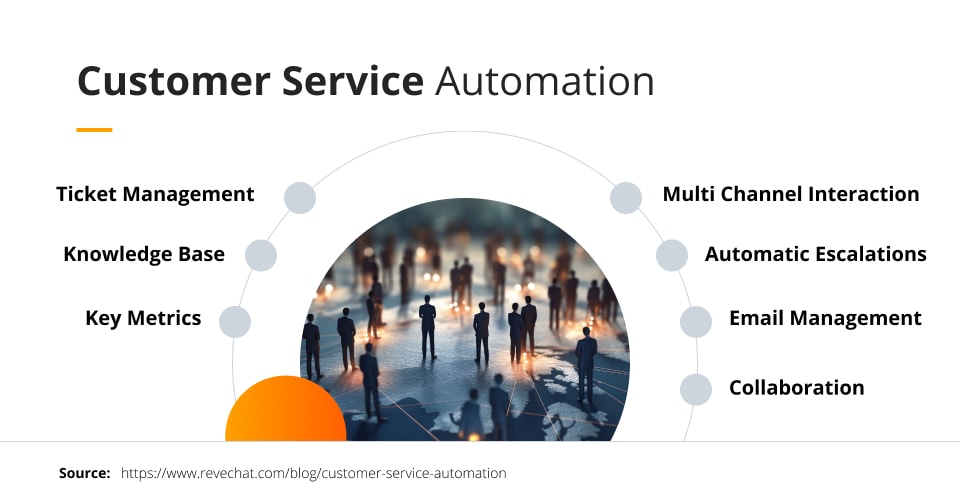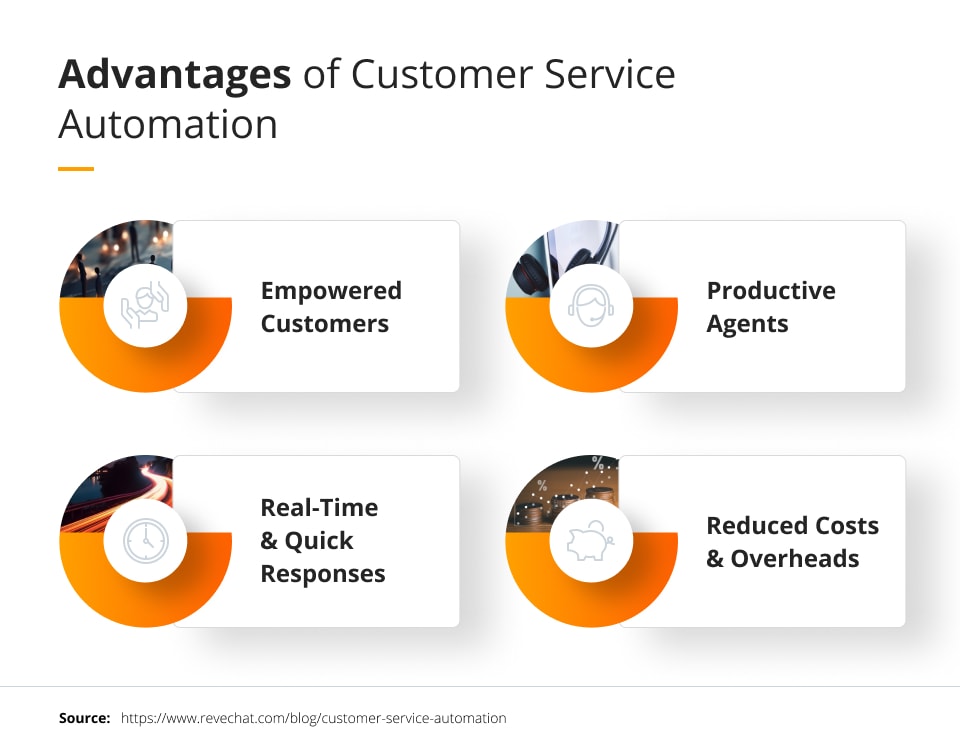
The future of reducing churn
One of the metrics businesses use in evaluating their operations is the customer churn rate. Churn, measured by the rate at which valuable customers stop doing business with a company, is a normal part of business that is impossible to prevent.
There are strategies to reduce churn, and thus retain more customers, but it’s a natural part of the customer lifecycle. For streaming companies, users may choose to unsubscribe after watching all their favorite shows and move to another streaming service. For grocery stores, customers may move away and start patronizing other stores. Thus, businesses can both lose and gain customers due to reasons outside of their control. However, companies should employ strategies to reduce churn due to reasons they can prevent, and these strategies are advancing rapidly due to technological advancements that can predict and prevent churn.
So, why does the C-suite need to focus on both implementing effective churn reduction strategies and embracing technological advancements to maintain and grow its customer base? How to avoid a digital leap of faith in the process?
The current state of churn
Before jumping into the future of churn, it’s important to understand why churn happens and a general strategy to prevent it. There are a variety of reasons for customer churn, and each industry will be different, but there are common categories they can fall under.
Causes of Churn
First up, customers may find a cheaper alternative to the product. To prevent this, businesses should aim to establish their value to the customer and show them why their specific product is worth the cost. This can be because of superior quality, excellent customer support, or any reason why their price is justified. In the above graphic, the most popular reason for Broadband churn was cutting expenses and the third most popular reason due to raising prices.
Next, customers may find a product that better fits their needs. To prevent this, make sure to sell products that are a good fit for valuable customers rather than trying to mass-sell the same product to every customer. By focusing on the most valuable customers staying long-term, businesses can reduce churn when the customers are dissatisfied with the product and increase customer retention.
Additionally, customers may not have had a good experience with the product. If the product is low quality, unfinished, or hard to use, customers would be less likely to use it and continue supporting the customer. To prevent this, make sure to build a quality product that has been quality-tested to create the best user experience.
Lastly, customers may have had a bad experience with the company, through poor customer service or marketing content. Customers want to feel valued by the companies they support monetarily, so if they have a bad experience they may not want to continue using their product. To prevent this, invest in better customer support and make sure the customer-facing content is aligned with the customer base.
Identifying Churn
The first step in preventing churn is identifying churn to make sure the churn rate is acceptable and normal. This can be achieved through gathering customer feedback, which is done through monitoring review sites or community forums, reviewing survey results, and reaching out to unhappy customers for feedback (like the off-boarding survey above).
By identifying reasons for churn, companies can employ proactive excellent customer service to try to solve issues before customers leave the company. For example, if companies consistently see negative customer feedback, they can look into reverting the changes that are disliked. This also shows customers that their opinions matter and they are valued, making them feel better about supporting the company.
This step is necessary for reducing churn, but can also take a lot of time and labor to be done. Luckily, this process can be made more efficient through technological advancements in AI and automation.
Technological advancements in churn reduction
Role of Artificial Intelligence and Machine Learning in Increasing Customer Retention
AI and Machine Learning (ML) have transformed the way businesses reduce customer churn . By harnessing the power of AI and ML algorithms, companies can analyze vast amounts of customer data to gain valuable insights. These advanced technologies enable businesses to predict churn risk accurately, identify patterns, and detect early warning signs.
AI algorithms utilize historical data and customer behavior to create predictive models that forecast the customer churn rate. These models take into account various factors, such as usage patterns, purchase history, and customer interactions, to determine churn probability. By leveraging these predictive insights, businesses can proactively intervene and implement targeted retention strategies to prevent customer churn.
Here are few examples of inputs that can be used to model a churn prediction algorithm:
- Customer demographics and psychographics: Examples include age, location, income, job type and family status.
- Transactions: Examples include subscriber history, SKUs, product returns and purchase frequency.
- Pricing: Examples include promotional offerings, price changes, fees and shipping rates.
- Economic factors: Examples include unemployment rates, interest rates and seasonality.
- Competitor activity: Examples include advertising, pricing and geographic proximity.
- Customer behavior: Examples include the frequency of usage, level of engagement, service calls and preferences.
- Customer journeys: Examples include product discovery, learning curve and satisfaction.
Machine Learning (ML) is a vital component in the continuous enhancement of customer churn prediction models. These dynamic algorithms learn from historical data, continually adapting and refining their predictions as new information becomes available. By seamlessly incorporating fresh data and valuable feedback, ML algorithms significantly improve their accuracy, empowering businesses to proactively stay ahead of churn risks. With ML at their disposal, businesses can make data-driven decisions, implement targeted retention strategies, and optimize customer engagement for long-term success.
Moreover, the power of AI and ML enables businesses to personalize their customer retention approaches effectively. By segmenting customers according to their specific needs, preferences, and behaviors, companies can precisely tailor their retention strategies. Leveraging AI-powered insights, businesses can deliver personalized communication and targeted offers that heighten customer satisfaction and cultivate unwavering loyalty. The seamless integration of AI and ML in retention efforts enables businesses to forge deeper connections with customers, boost engagement, and ultimately drive sustainable growth.
Automated Customer Support
Automated customer support revolutionizes the customer service landscape by harnessing cutting-edge technologies like chatbots, virtual assistants, and automation tools. These advanced systems empower businesses to deliver highly efficient and impactful support to their valuable customers. Equipped to handle routine inquiries seamlessly, provide instant responses, and expertly guide customers through self-service options, these intelligent systems elevate the overall customer experience.
By implementing chatbots, virtual assistants, and automation tools, businesses can streamline their support processes, optimize response times, and ensure consistent service quality. These automated solutions effortlessly manage common customer queries, allowing businesses to scale their support operations without compromising on efficiency. Customers benefit from immediate assistance and convenient self-service options, enabling them to find answers and resolve issues effortlessly.
Chatbots and virtual assistants, driven by artificial intelligence and natural language processing capabilities, engage existing customers in dynamic and personalized conversations. These intelligent systems accurately interpret customer queries, deliver relevant information, and even simulate human-like interactions. With their 24/7 availability, businesses can provide round-the-clock support, eradicating the need for customers to wait for assistance and increasing satisfaction levels.
Automation tools play a crucial role in optimizing customer feedback workflows. They automate ticket management, intelligently route inquiries to appropriate departments or agents, and prioritize urgent cases. By automating these tasks, businesses can ensure prompt handling of customer queries, reduce resolution times, and enhance overall support efficiency. With automation, businesses can efficiently manage high volumes of inquiries while maintaining quality service.
Automated customer support systems seamlessly integrate with other business tools and resources, such as customer relationship management (CRM) platforms and knowledge bases. This integration empowers these systems to access relevant information, retrieve accurate responses, and provide customers with consistent support across various touchpoints. The ability to tap into a centralized knowledge base ensures that customers receive accurate and up-to-date information for a superior support experience.
In conclusion, automated customer support, facilitated by chatbots, virtual assistants, and automation tools, revolutionizes customer service by delivering efficient and effective assistance. Leveraging these intelligent systems allows businesses to handle routine inquiries, provide instant responses, and guide customers through self-service options seamlessly. By embracing automated customer support, businesses can enhance their support operations, optimize customer experiences, and foster long-term customer loyalty, increasing customer retention.
Strategies for customer retention
Reducing customer churn can be restated as wanting to increase customer retention, which can have multiple factors as we can see from what we’ve discussed so far. From identifying churn to utilizing tools and technology to optimize processes and support the customer journey. What are other things we can do to increase customer retention?
What is Customer Retention?
While the customer churn rate is the rate at which customers stop doing business with a company, the customer retention rate is a vital metric that businesses utilize to gauge their long-term customer loyalty and overall success. Implementing diverse tactics, companies strive to minimize customer attrition and enhance customer experiences to foster unwavering loyalty.
Strategies to Implement
To simplify long-term customer retention and enhance their experiences, businesses can incorporate various elements into their business models, in addition to cross-selling and up-selling opportunities.
- Implementing a subscription model
Consider integrating a subscription model into your business, particularly suitable for service-based businesses. Offering a low monthly or yearly subscription fee with high value can create a sense of a great deal for customers. This approach generates a consistent revenue stream without the need for extensive customer acquisition efforts. Look at successful examples like Netflix and iTunes, which have trained consumers to expect easy access at affordable prices. - On-boarding as a retention strategy
Don’t overlook the importance of on-boarding new customers as part of your customer retention strategy and a part of customer success. Make the initial period as enjoyable and painless as possible, ensuring customers achieve their desired outcomes. Remember that issues during on-boarding can lead to customer churn, so nurturing the relationship from the start is crucial.
To ensure a successful on-boarding period:
- Research the customer journey and identify potential pain points and “wow moments.”
- Design a streamlined process to get new customers up and running quickly.
- Send welcome emails and offer excellent customer service support.
- Conduct kick-off video conferences to outline objectives and timelines.
- Use checklists to track milestones.
- Address any issues through FAQs, chatbots, or nurturing emails.
- Clearly communicate any delays and provide visual explanations, if necessary.
- Focus on understanding and addressing customers’ desired outcomes.
Conclusion
Crucial objective for business across industries include to reduce customer churn and to increase customer retention. By understanding the causes of churn and implementing effective strategies, companies can minimize customer attrition and foster long-term loyalty. Technological advancements, particularly in artificial intelligence and machine learning, play a vital role in predicting and preventing churn. Leveraging AI and ML algorithms, businesses can analyze customer data, identify patterns, and detect early warning signs, enabling them to proactively intervene and implement targeted retention strategies.
Additionally, automated customer support systems, powered by chatbots, virtual assistants, and automation tools, revolutionize proactive customer service by providing efficient and personalized assistance. By embracing these intelligent systems, businesses can optimize support processes, enhance customer experiences, and drive long-term customer loyalty. Furthermore, implementing strategies such as subscription models and on-boarding as a retention strategy can significantly contribute to customer retention efforts. By incorporating these elements into their business models, companies can create value, foster customer satisfaction, and cultivate unwavering loyalty.
With a comprehensive approach that combines technological advancements, personalized support, and effective retention strategies, businesses can thrive while reducing churn and securing long-term customer relationships.











